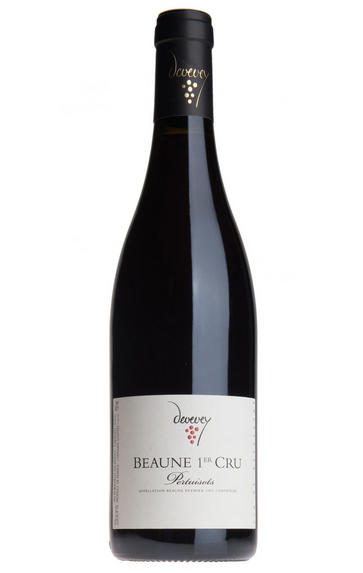
2012 Beaune, Les Pertuisots, 1er Cru, Jean-Yves Devevey, Burgundy
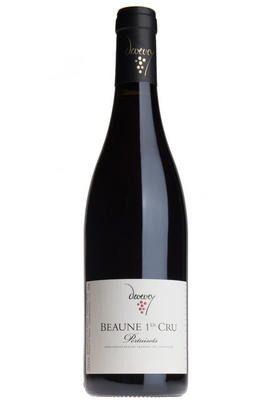
Critics reviews
(Julia Harding, jancisrobinson.com, Jan 2014)
About this WINE
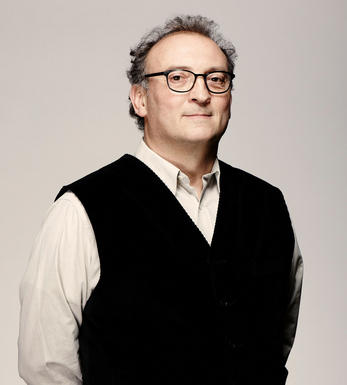
Jean-Yves Devevey
You wouldn’t know it from his laid-back manner, but Jean-Yves Devevey is a busy man. Built from scratch, his domaine today amounts to eight hectares of vines.
His holdings can be described as “diminutive but demanding”, especially when one considers his exacting standards, including organic farming.
A popular figure among his fellow Burgundian winemakers, Jean-Yves is also something of a maverick, who has been flying the flag for low-sulphur wines since 2010. Moreover, he’s the only Burgundian we work with to have planted Savagnin – sadly, the wine is not for sale.
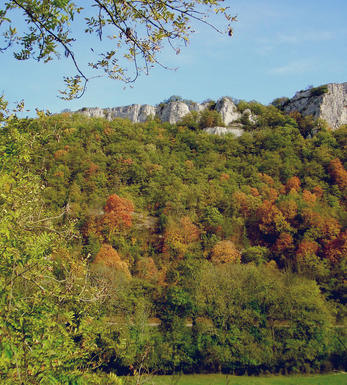
Beaune
The wines of Beaune are usually on the lighter side, especially if from the flatter vineyards on the Pommard side, or the sandier soils towards Savigny. The sturdiest wines with the greatest depth of flavour come from the steeper slopes overlooking the town itself.
The Hospices de Beaune charity auction on the third Sunday in November is one of the highlights of the year. The Hospices building, known as l'Hôtel-Dieu, is well worth visiting. Beaune is also home to several of the region’s best known merchants such as Maisons Louis Jadot and Joseph Drouhin.- 128 hectares of village Beaune and 52 hectares of Côte de Beaune
- 322 hectares of Premier Cru vineyards. The finest vineyards include Les Grèves, Clos des Mouches
- Recommended producers: Germain, Devevey, Domaine des Croix, Jadot, Drouhin, Camille Giroud.
- Recommended restaurants: Ma Cuisine (not least for the wine list), Le Conty
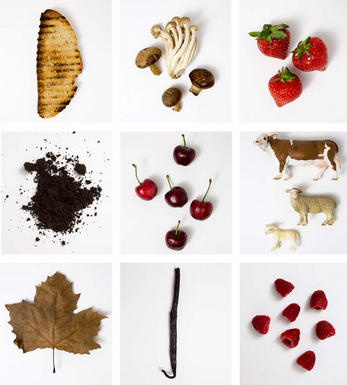
Pinot Noir
Pinot Noir is probably the most frustrating, and at times infuriating, wine grape in the world. However when it is successful, it can produce some of the most sublime wines known to man. This thin-skinned grape which grows in small, tight bunches performs well on well-drained, deepish limestone based subsoils as are found on Burgundy's Côte d'Or.
Pinot Noir is more susceptible than other varieties to over cropping - concentration and varietal character disappear rapidly if yields are excessive and yields as little as 25hl/ha are the norm for some climats of the Côte d`Or.
Because of the thinness of the skins, Pinot Noir wines are lighter in colour, body and tannins. However the best wines have grip, complexity and an intensity of fruit seldom found in wine from other grapes. Young Pinot Noir can smell almost sweet, redolent with freshly crushed raspberries, cherries and redcurrants. When mature, the best wines develop a sensuous, silky mouth feel with the fruit flavours deepening and gamey "sous-bois" nuances emerging.
The best examples are still found in Burgundy, although Pinot Noir`s key role in Champagne should not be forgotten. It is grown throughout the world with notable success in the Carneros and Russian River Valley districts of California, and the Martinborough and Central Otago regions of New Zealand.


Buying options
Add to wishlist
Description
A fine, bright, deep red purple, with a pure and elegant Pinot nose, this wine is all fruit and elegance, with very little wood showing. There is an attractive crunch to the dark cherry fruit on the palate and an excellent acid and tannin balance, providing a refreshingly austere backdrop to elegant fruit. A very stylish wine.
Jasper Morris MW, Burgundy Wine Director
The domaine is now in organic conversion, which Jean-Yves says has reduced the amount of disease in the vineyard. Rully and Beaune were spared the worst of the hail, but his Volnay and Hautes Côtes vineyards were the worst hit, and he was not able to source his usual Chassagne-Montrachet grapes. So, there are short rations, but as it turns out, excellent quality. During vinification the reds developed wonderful colours without any need for extraction and the two Rullys are absolutely delicious this year.
wine at a glance
Delivery and quality guarantee